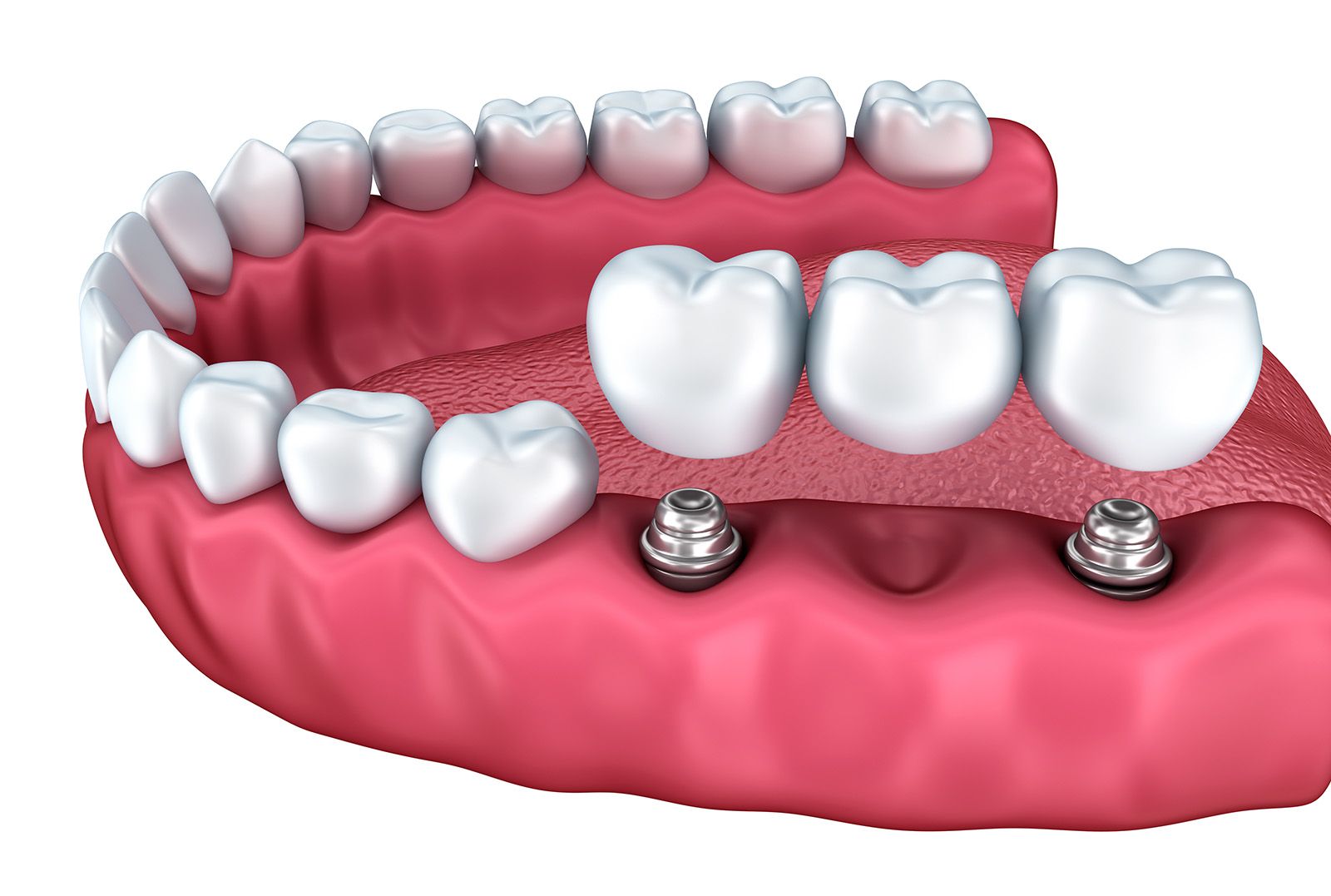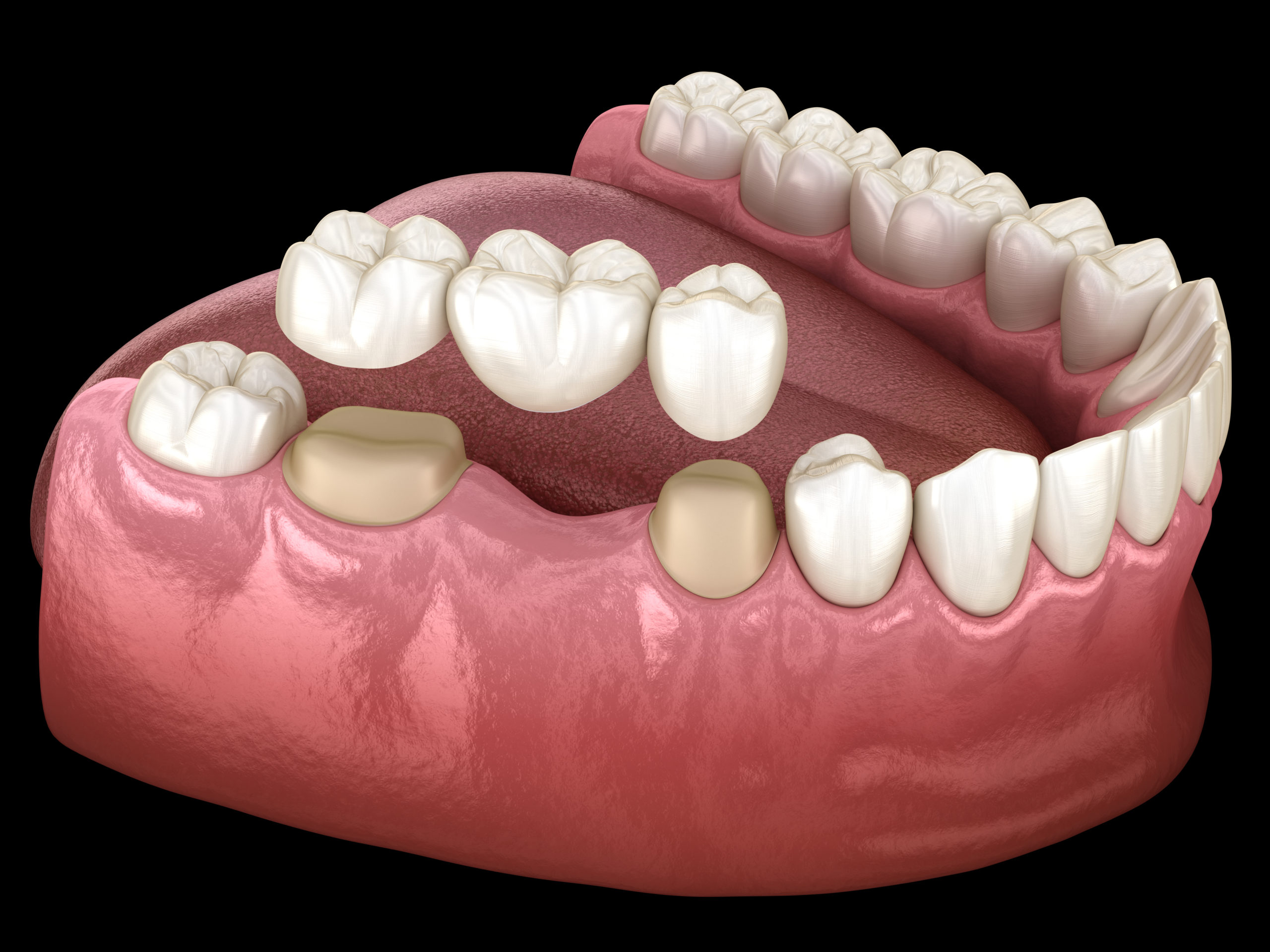Are you confused about the difference between composite bonding and dental bridges? Do you find yourself scratching your head when trying to decide which option is best for your dental needs? Look no further! In this blog post, we will explore the key differences between these two popular dental procedures. Whether you’re looking to fix a chipped tooth or replace missing teeth, understanding composit bonding and dental bridges can help you make an informed decision on what’s right for your smile. So let’s dive in and uncover all there is to know about these two amazing treatments!
Table of Contents
Introduction
Composite bonding and dental bridges are two popular dental treatments used to improve the appearance of your smile. While both procedures can achieve similar results, there are some key differences between the two that you should be aware of before making a decision about which is right for you.
Composite bonding involves the use of a tooth-colored resin material to Bond (or attach) to your existing teeth. This can be used to repair cracked or chipped teeth, close gaps between teeth, or change the shape or color of your teeth. The procedure is relatively quick and can be done in one office visit.
Dental bridges, on the other hand, are false teeth (or pontics) that are suspended between two dental crowns. The pontics are then attached to your natural teeth (abutments) on either side of the gap left by one or more missing teeth. Dental bridges are usually made from porcelain or ceramic materials and can take 2-3 office visits to complete.
So, what’s the best option for you? The answer will depend on a variety of factors including the severity of your dental problem, your budget, and how long you’re willing to wait for results. Talk to your dentist about which procedure they recommend for you based on your specific needs.
What is Composite Bonding?
Composite bonding is a type of dental restoration used to improve the appearance of teeth. It involves the use of a tooth-colored resin material, which is applied to the surface of the tooth and then hardened with a special light. Composite bonding can be used to repair chips, cracks, gaps, and other cosmetic concerns.
Dental bridges are another type of dental restoration used to improve the appearance of teeth. Unlike composite bonding, dental bridges require the use of artificial teeth (called pontics) that are bonded to surrounding natural teeth (called abutment teeth). Dental bridges are typically used to replace one or more missing teeth.
What is a Dental Bridge?
A dental bridge is a false tooth, known as a pontic, which is fused between two porcelain crowns to fill in the space of a missing tooth. The two crowns that hold it in place are attached to your natural teeth or implants, and the pontic lies in between.
Differences between Composite Bonding and Dental Bridges
When it comes to repairing damaged teeth, there are two popular options: composite bonding and dental bridges. Both have their own set of advantages and disadvantages, so it’s important to understand the key differences between them before making a decision.
Composite bonding is a less invasive option that can be used to repair small chips or cracks. The procedure involves using a tooth-colored resin to bond the damaged tooth back together. It’s quick and relatively inexpensive, but the results are not as long-lasting as dental bridges.
Dental bridges are a more permanent solution for repairing missing or damaged teeth. The procedure involves placing artificial teeth (called pontics) in the space left by the missing tooth. Dental bridges are supported by natural teeth or implants, and they can last for many years with proper care. However, they are also more expensive than composite bonding and require more invasive surgery.
Pros and Cons of Each Procedure
Composite bonding is a popular choice for repairing minor dental imperfections. The procedure involves bonding a tooth-colored resin to the natural tooth. Bonding can be used to improve the appearance of teeth that are chipped, cracked, discolored, or misaligned. It is also often used to close gaps between teeth.
Bonding is typically not as strong as other dental procedures, such as veneers or crowns. It can also chip or stain over time. Bonding typically lasts for about three to five years before it needs to be replaced.
Dental bridges are another option for correcting dental imperfections. Bridges are usually made from porcelain, metal, or ceramic. They are attached to existing teeth on either side of a gap in your smile. Bridges can also be used to replace missing teeth.
Bridges are generally stronger and more durable than bonding procedures. However, they cannot be removed and are more difficult to clean than bonded teeth. Bridges also require more care than natural teeth and may need to be replaced every five to seven years.
When to Choose Composite Bonding vs. Dental Bridge
Composite bonding is often used to repair small chips or cracks, close spaces between teeth, or change the color of your teeth. The procedure is relatively quick and can be done in one office visit. It’s also less expensive than other cosmetic dental procedures such as veneers.
Dental bridges are usually used to replace missing teeth. The bridge consists of two crowns placed on the teeth on either side of the gap, with a false tooth (or pontic) in between. Bridges can be made from a variety of materials, including gold, porcelain, or a combination of these materials.
Final Thoughts
There are many different types of dental restoration treatments available, and it can be difficult to know which one is right for you. In this blog article, we have looked at the key differences between composite bonding and dental bridges.
Composite bonding is a less invasive treatment that can be used to correct a number of cosmetic issues, such as gaps between teeth, chipped teeth, and misshapen teeth. The results of composite bonding are usually temporary and will need to be redone every few years.
Dental bridges are a more permanent solution for missing teeth. The bridge is anchored to the existing teeth on either side of the gap and can last for many years with proper care. Dental bridges can also help to prevent further tooth loss by keeping the existing teeth from shifting out of place.
If you are considering a dental restoration treatment, it is important to talk to your dentist about all of your options. They will be able to help you choose the best treatment for your individual needs.
Conclusion
Dental bridges and composite bonding are two popular treatments for restoring missing teeth. Though both can be used to great effect, it is important to understand the differences between them in order to determine which treatment might be best for you. Bridges provide a more permanent solution than bonding, but require more extensive preparation of the surrounding teeth. Composite bonding is a less invasive procedure that requires minimal tooth preparation, making it a good option for those who want quick results with minimal disruption to their existing teeth structure. No matter which method you choose, your dentist can help you make an informed decision so that you get the best possible outcome from either dental bridge or composite bonding treatment.



